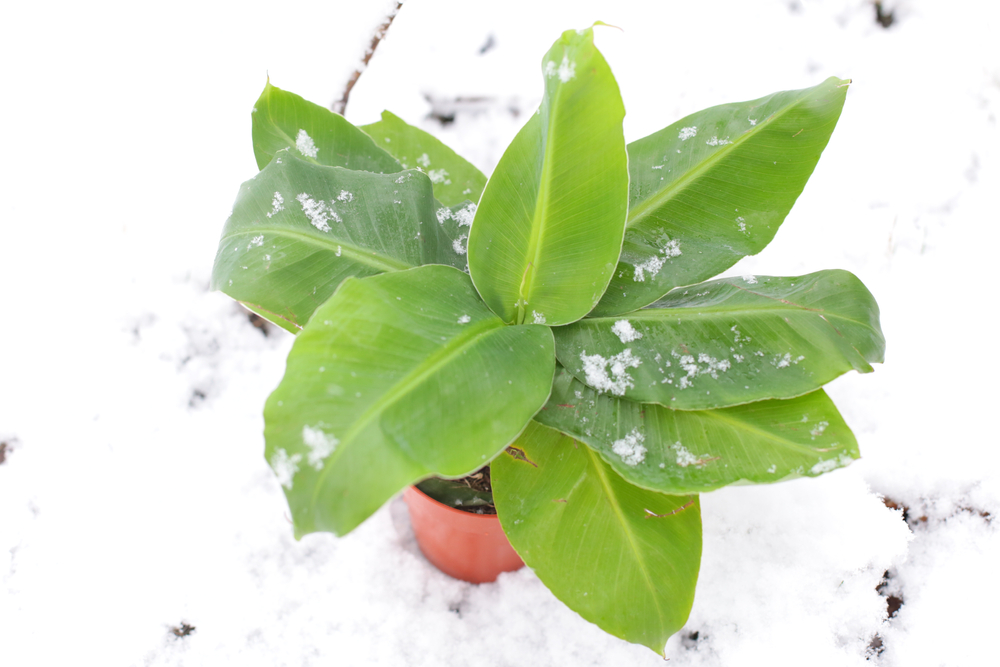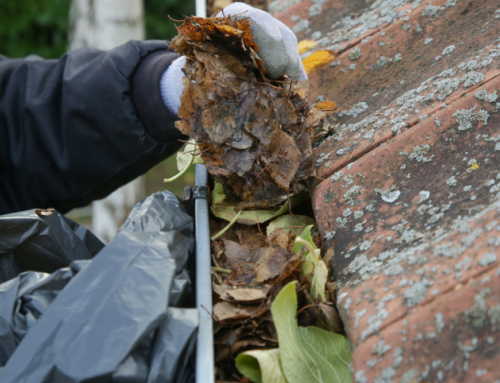Imagine you have spent time and money on the perfect landscape. You’ve worked on it through the fall and even into a mild early winter in North Texas. But just like all of the other seasons in the great State of Texas, the weather can change very suddenly. One week in the middle of January it’s in the 60’s and 70’s, and the next week there are talks about a hard freeze or even a winter storm. After all of that work, you find yourself with a dilemma: protecting your plants and landscape against the dangers of the freezing cold and the frost.
Should I Cover My Plants For A Freezing Warning?
Thanks to sporadic Texas weather, hard freezes and colder than normal temperatures can strike at any time. Protecting your more vulnerable plants is important to preserve the time and money you’ve put into your landscape. It’s also a good idea to know how much of a freeze to expect. Generally, there are three types of freezes based on the temperature:
- Light freeze: this is generally between 29°F and 32°F, and it will mostly affect tender plants
- Moderate freeze: this is generally between 25°F and 28°F, and can cause damage to many plants
- Severe freeze: this is generally 24°F and lower, and is likely cause severe damage to plants

Fortunately, there are many precautions that you can take to protect your plants from a hard freeze or frost. Covering your plants is one of the most common ways to protect your plants from sustaining damage or even dying. Keep in mind that if there are any slopes in your yard, cold air has a tendency to travel down and settle into the lowest areas. If there are any plants in these areas they may be more susceptible to the cold temperature.
Dormant plants are less likely to have damage, or at least have less damage, than a tree or plant that is actively growing. Plants that have been recently pruned or newly planted are also a lot more vulnerable. Plants in a container are also very vulnerable when it comes to a freeze. Covering your vulnerable plants may greatly increase the chance that your plants will survive the freeze, and you won’t have to start all over.
How To Protect Plants During A Freeze
This first method of helping to protect your plants during a freeze may sound odd, but it works. If you know a freeze or other frost event is coming, water your plants. Soil that is moist is more likely to absorb heat to use during the night. Covering plants is also a good tactic, and it’s best to cover them before sundown so that you can trap as much heat. While you never want to use plastic as a cover, any kind of cloth or even newspaper can be used. Special frost cloth is going to be a top choice, and it can even be left on plants for multiple days without causing any harm to the plants. If there was only frost overnight, cloth can be removed from the plants the following morning once the frost has thawed.
If you have any trees that are sensitive to frost and cold weather, wrapping them with layers of cloth will help to protect them. To save you some time, trees can remain wrapped throughout the winter.
Winter Maintenance Practices for Your Lawn
Preserving the beauty and health of your existing landscape during the winter months is crucial, especially in North Texas, where the weather can be unpredictable. Here are some other maintenance practices that can help protect your existing plants from the challenges of winter:
- Pruning and Trimming: Before the onset of winter, consider pruning and trimming your plants. Removing dead or diseased branches not only improves the plant’s appearance but also reduces the risk of damage caused by heavy snow or ice accumulation. Additionally, proper pruning can help improve air circulation, reducing the likelihood of fungal diseases during the wetter winter months.
- Mulching: Applying a layer of mulch around the base of your plants can help regulate soil temperature and moisture levels. Mulch acts as an insulator, preventing extreme temperature fluctuations that can be damaging to plant roots. Just be sure not to pile the mulch too close to the plant’s base, as this can lead to rot.
- Watering: While it might seem counterintuitive, providing adequate water to your plants before a freeze can be beneficial. Well-hydrated plants are more resilient to freezing temperatures. However, be cautious not to overwater, as overly wet soil can cause root rot. Ensure that the soil is sufficiently dry between watering sessions.
- Windbreaks: Position windbreaks in your landscape to shield plants from strong, cold winds. Shrubs, fencing, or other natural barriers can be strategically placed to protect your plants from the drying and damaging effects of winter winds.
- Monitor Weather Forecasts: Stay informed about upcoming weather conditions and freeze warnings. Being proactive can help you take additional protective measures, such as covering plants on nights with anticipated freezing temperatures.
At R&O Landscape Services, we know that your yard and your landscape in Keller, Southlake, and Fort Worth, Texas is important to you. We are always here for our clients, and new clients, to answer and guide you through the seasons to maintain a healthy landscape. If you need assistance with preparing your yard for a freeze, or if you need landscaping completed after a hard freeze damages your yard, contact us today.




